Description
The impressions gathered through research and through intimate discussions with locals loomed over him while he was documenting the calm eeriness of the town, where everything had changed one fateful night at 1:15 am. Through the seasons and aftershocks, Huneault became close friends with many Méganticois, sharing the lonely ebb and flow of their emotions: pain, anger, hopes for healing and peace of mind. Their complicity soon echoed throughout the work, which became an active fragment of an evolving collective memory.
July 7, 2014, he starts the recorder. “One year after your death, the pain remains just as strong,” begins Louise. The previous year, Louise’s daughter, Andrée-Anne, who was working at the Musi-Café, was the first person reported missing after a train transporting nearly 8 million litres of shale oil exploded in downtown Lac-Mégantic. 47 people were killed instantly, making it Canada’s deadliest train disaster in almost 150 years. The explosion levelled most of the town centre, creating a 400-metre-wide area that is still inaccessible. Huneault’s project documents the aftermath of the catastrophe and is a meditation on loss and mourning.
One out of every 128 citizens of Lac-Mégantic died on July 6, 2013. As time passed, he tried to comprehend what such a constellation of traumas and mournings means. Having worked in other post-catastrophe situations, he was interested in how the community handled the emotional burden while dealing with the more pragmatic imperatives of recovery: arranging funerals when victims’ identification takes months, battles surrounding the reconstruction (and demolition) of the historical downtown, domino expropriations affecting even more lives, the control of information, the absence of answers, the fear of unknown, the contamination and its legacy, the constant and numbing murmur of it all.
Huneault believes that grasping and representing this complex atmosphere is the key to understanding the full depth of the incident in order to be able to formulate relevant solutions to move forward.
Huneault will keep going back to Mégantic, hopefully to find more light and healing, but also up the train track toward North Dakota, to where this oil and darkness originated. Today, although the town centre remains flattened, the tracks were the first thing to be rebuilt and train traffic has resumed, including cargo of hazardous goods. While less oil is transiting here – for now – it is passing through other North American towns every day…
Reviews & Features
TV interview on Global Focus
Review and critique on Radio VM by Josée Boileau (French)
La Press
Photo Life Magazine
Eighteen Bridges
Internazionale (Italian)
L’Oeil de la Photographie (French/English/Mandarin)
The Guardian
Design: LevievanderMeer
ISBN: 9789053308769
17 x 24.5 cm
Hardback
152 pages with 49 photos in full colour

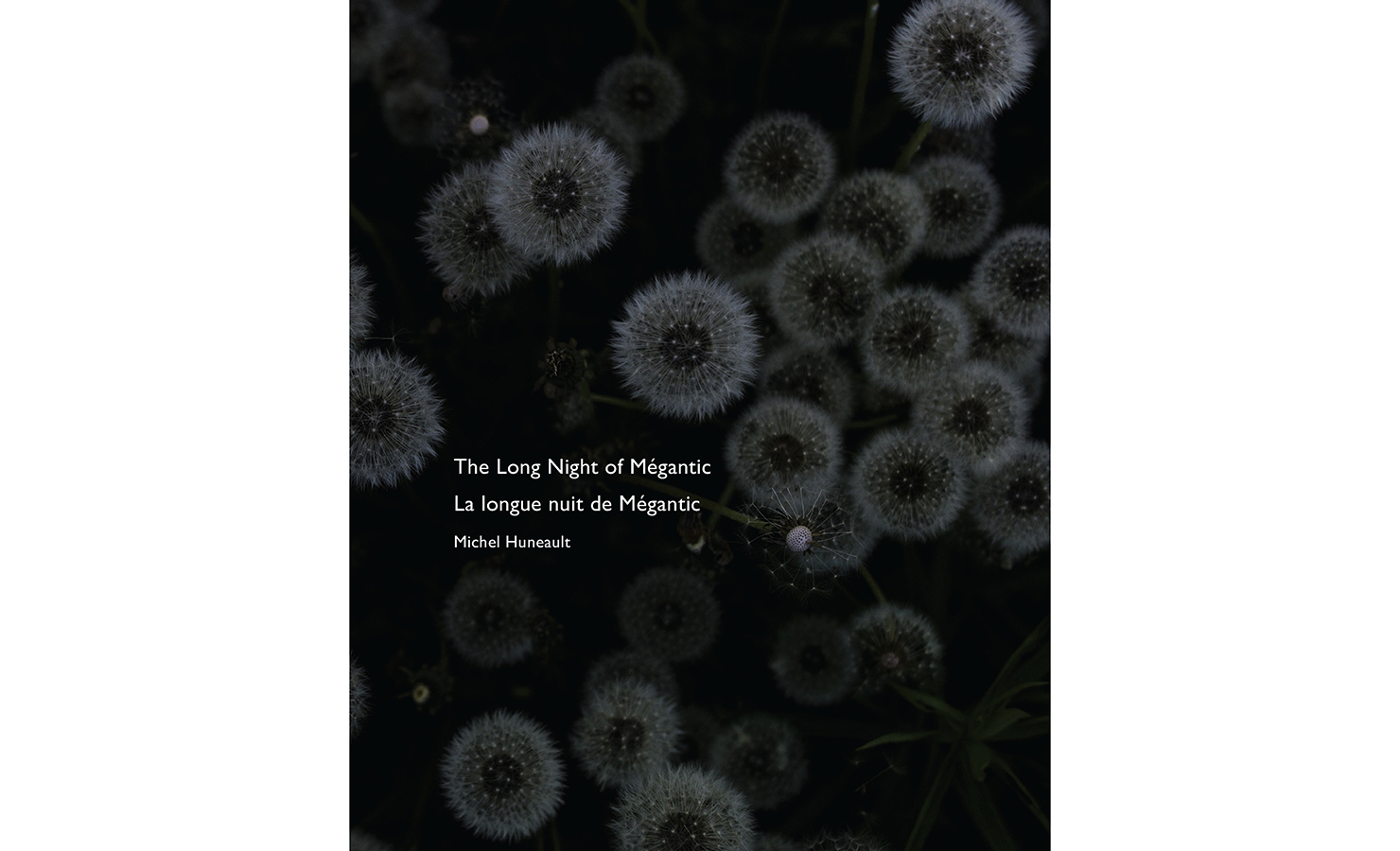
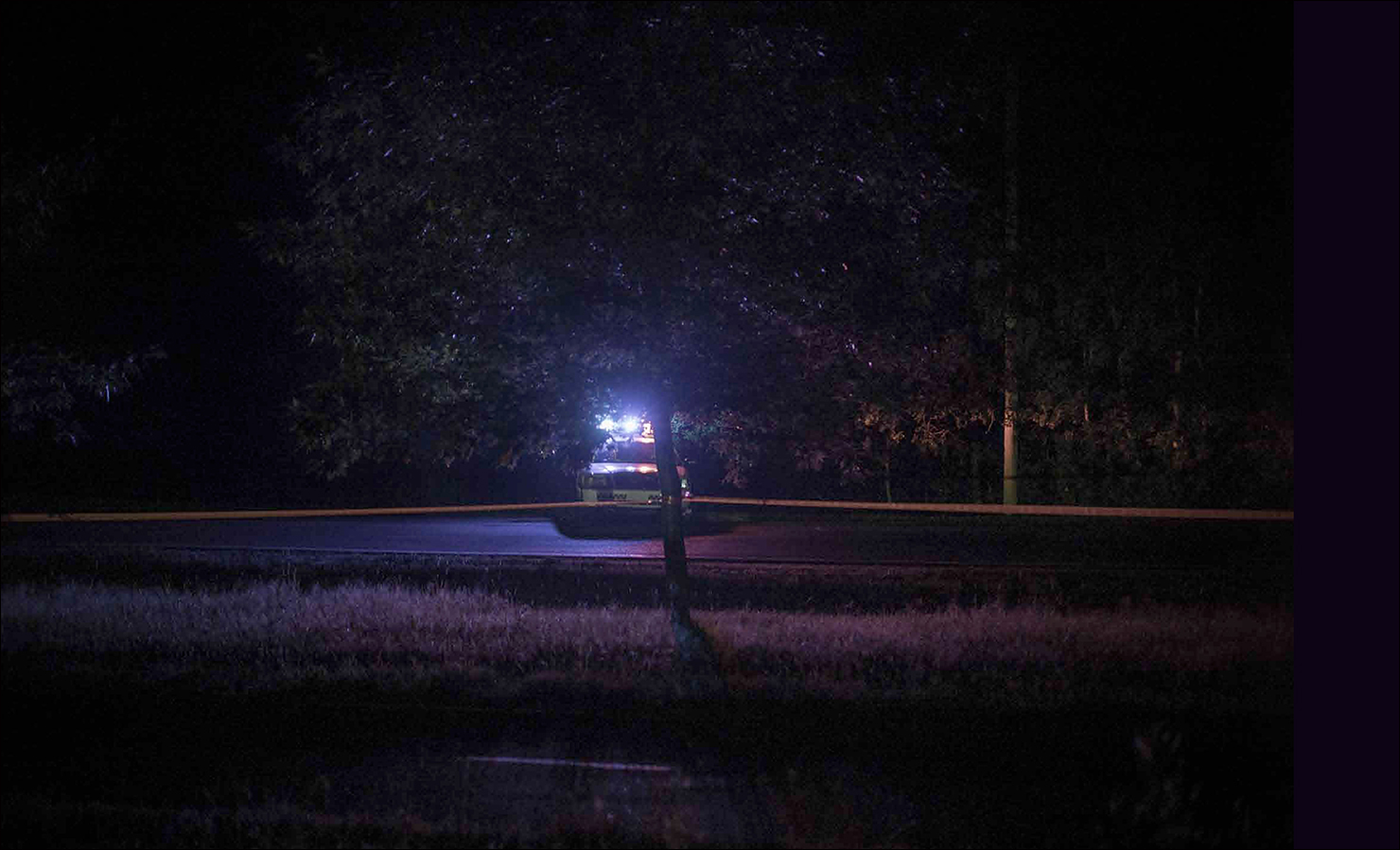

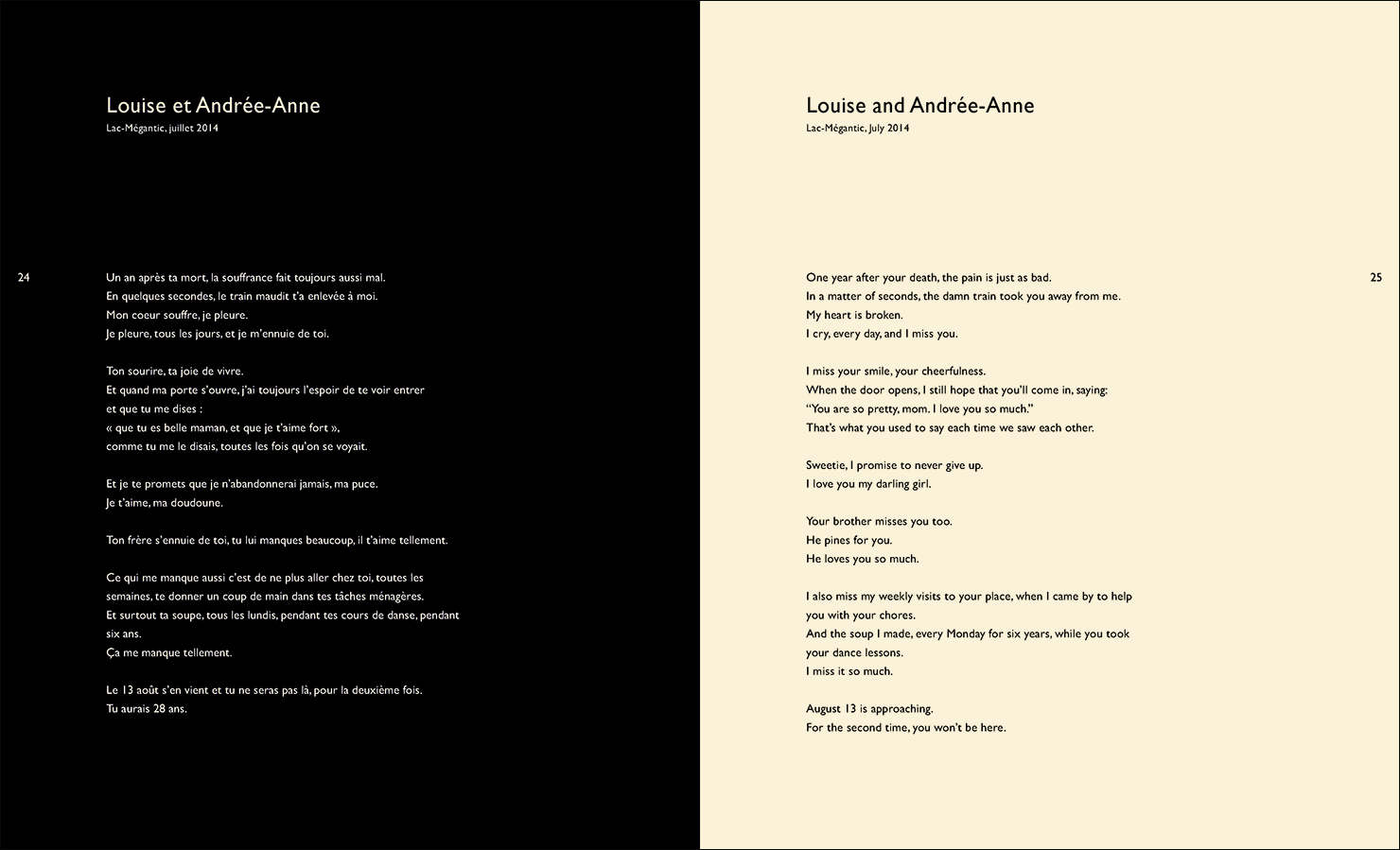

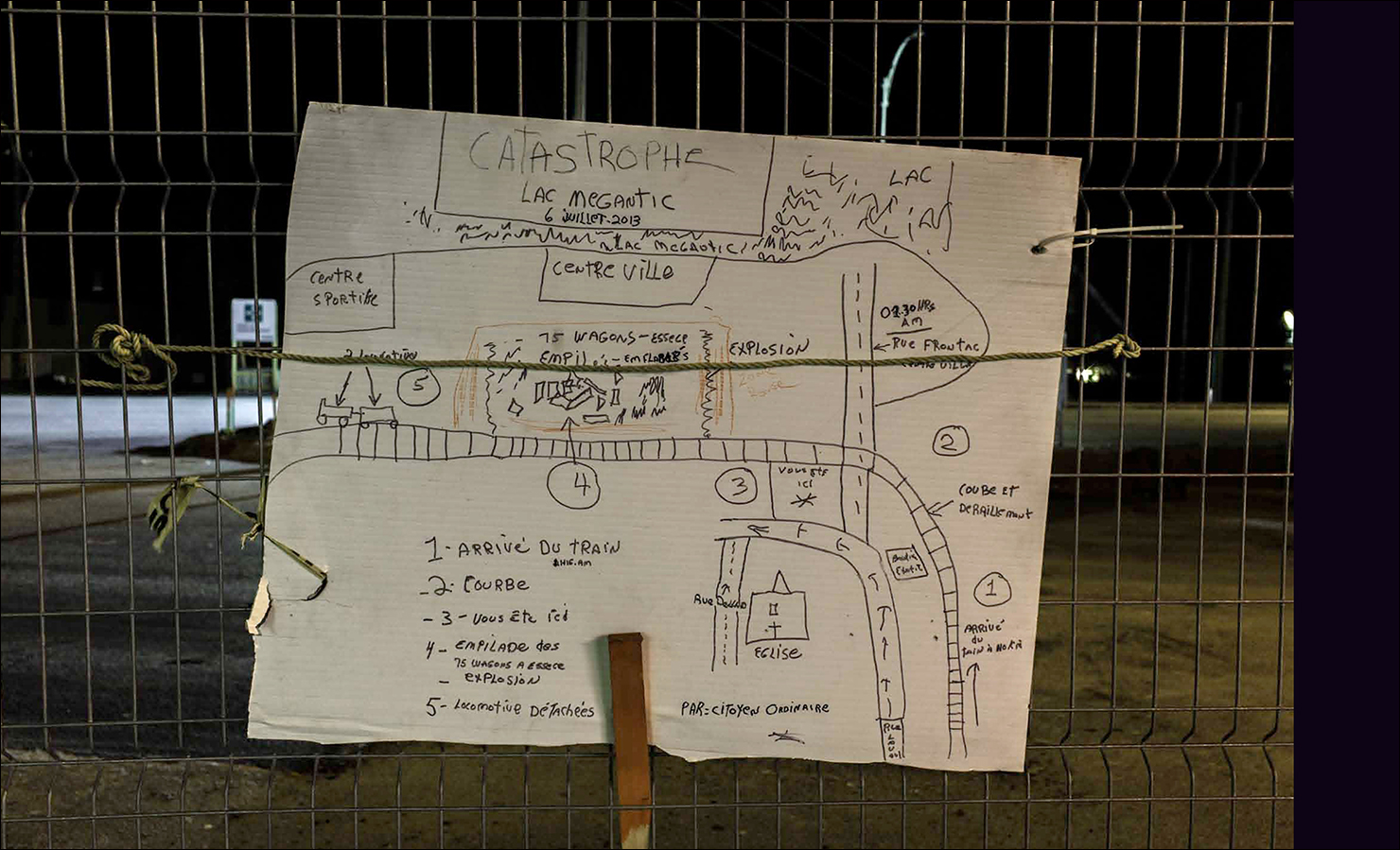
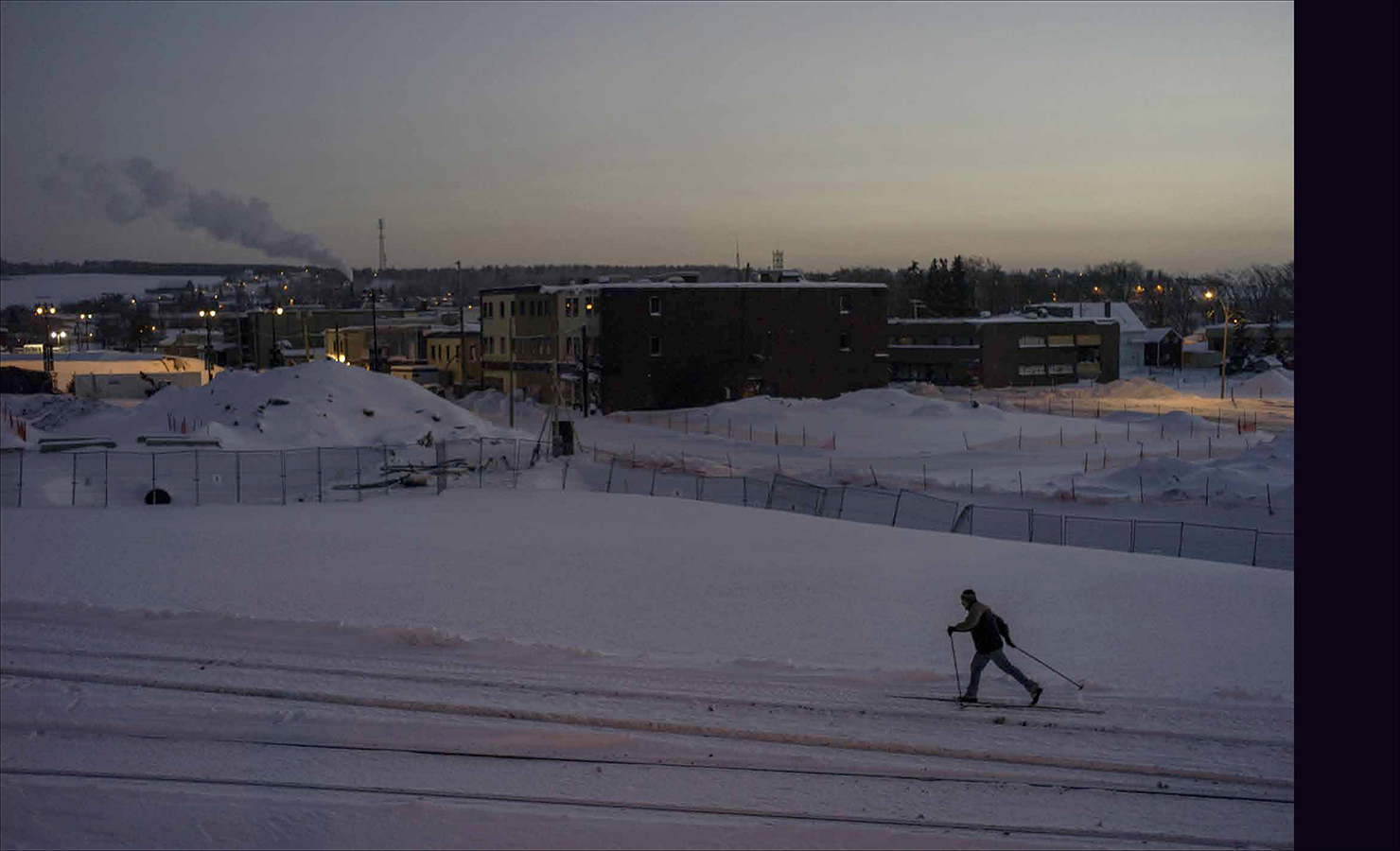
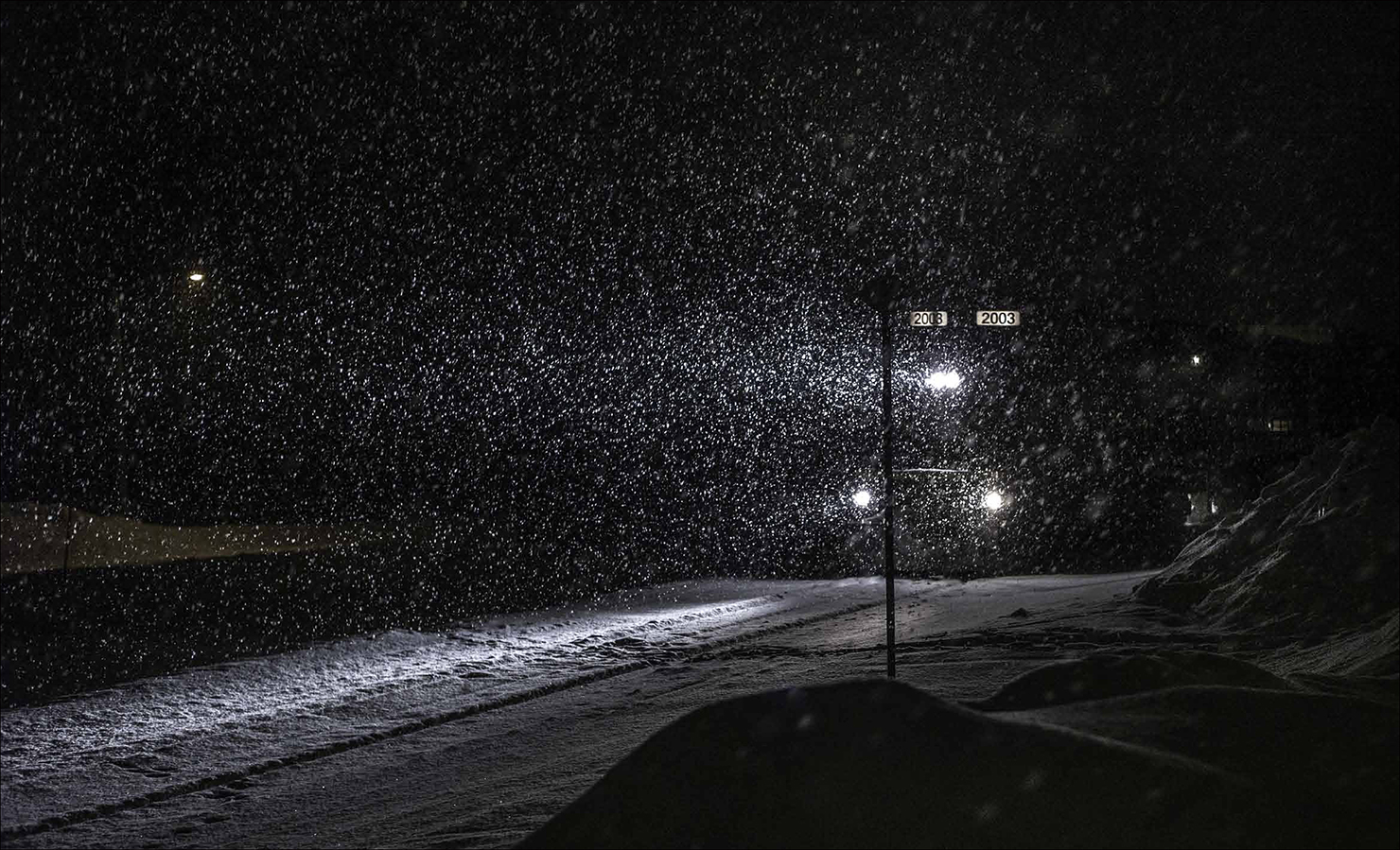

Reviews
There are no reviews yet.